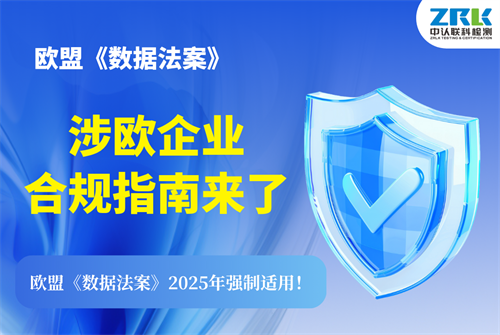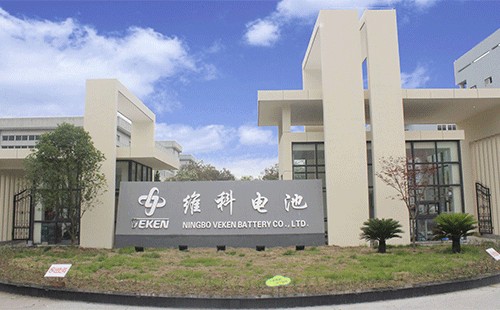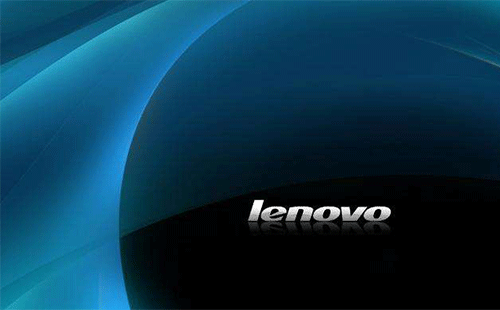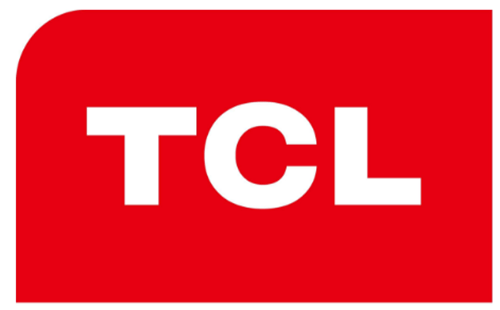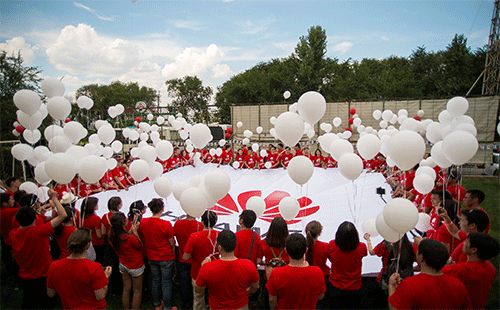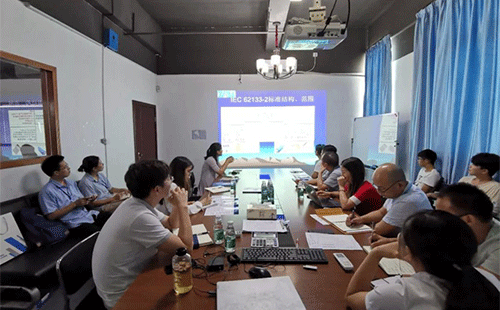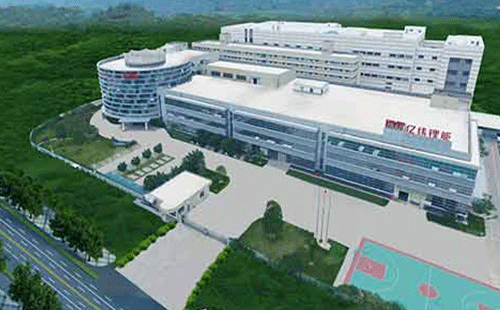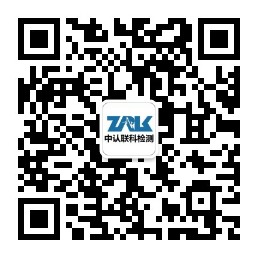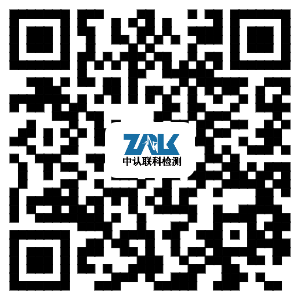The FCC certification regulation of wireless charging is FCC Part15C§15.209, and the frequency of use of the product needs to meet the scope of Part15 C 15.205 (a), that is, the equipment authorized according to Part 15 shall not operate in the 90-110 kHz frequency band. In addition to meeting the regulatory requirements, products must also comply with the conditions of KDB680106. According to the new requirement KDB (KDB680106D01 Wireless Power Transfer V04) of the new version of wireless charging equipment published by FCC on October 24th, 2023, if the following conditions are not met, you need to run ECR! (that is, the lab inquiry before the test) The applicant submits a consultation to the FCC official according to the KDB guidelines to obtain FCC authorization.
However, products can be exempted when they meet all the following conditions:
1, the power transmission frequency is lower than 1 MHz;;
2. The output power of each radiating element (such as coil) is less than or equal to 15W;;
3. The test perimeter that provides the maximum allowable load is in physical contact with the transmitter (that is, the transmitter and the surface of the peripheral equipment shell need to be in direct contact);
4, only 2.1091-mobile exposure conditions apply (that is, this provision does not include 2.1093-portable exposure conditions);
5, radio frequency exposure test results must meet the restrictions;
6. Equipment with more than one charging structure, for example, one equipment may use three coils with power of 5W or one coil with power of 15W. In this case, it is necessary to test these two states, and the test results must meet the condition (5).
If one of the above items is not met, you need to run ECR. In other words, if the wireless charger is a portable device, you must run ECR and provide the following information:
★ Working frequency of WPT
★ WPT Power of each coil
★ Mobile or portable devices demonstrate operation scenarios, including compliance information of RF exposure.
★ The maximum distance from WPT transmitter, at which the load can be charged (including slow charging operation) according to the design.
When the wireless charging equipment WPT is authorized according to the FCC PART 18 or Part 15C regulations, whether it is in accordance with the procedures of FCC SDoC or FCC ID Certification, it is necessary to submit KDB consultation to FCC, and it will be considered as effective authorization after obtaining the consent.
The equipment requirements of transmission distance ≤1m and > 1m are defined for wireless charging equipment WPT.
1. If the transmission distance of WPT is ≤1m and meets the requirements of this KDB, there is no need to submit KDB consultation.
2. If the transmission distance of WPT is ≤1m and this KDB requirement is not met, KDB consultation shall be submitted to FCC for authorization and approval.
3. If the transmission distance of WPT is more than 1m, KDB consultation shall be submitted to FCC for authorization and approval.
Interpretation of FCC Certification KDB680106
KDB 680106 D01 DR04 44611, which is aimed at the regulation of short-distance low-power wireless induction charging board or charging equipment.
area of application
KDB 680106 D01 mainly provides guidance for low power consumption and compact induction power transmission technology. For other equipment, such as high-power and long-distance power transmission equipment and medical equipment, it may be necessary for manufacturers to seek guidance from FCC officials on specific WPT equipment by submitting KDB inquiry (http://www.fcc.gov/labhelp) on a case-by-case basis. [Note: KDB query should include the following contents:]
★ Complete product description, including coil diameter, turns and current;
★ The equipment will operate under FCC Part rules and the basis for selecting Part rules.
★ Planned equipment authorization procedures (namely SDoC or certification);
★ Drawings and illustrations, operating frequency, radiation power, operating configuration and human exposure conditions.
Applicable laws and regulations
WPT devices can operate in two different modes: charging and communication.
[1] WPT products with charging function only need to meet the relevant rules of FCC Part 18:
[2] WPT products with charging and communication should not only comply with FCC Part 18, but also comply with relevant rules of FCC Part 15.
Use frequency band
All WPT with frequency higher than 9 kHz must comply with FCC rules, and WPT equipment authorized according to FCC Pat 15 shall not transmit in the frequency band of 90~110 kHz.
Radio frequency exposure
RF exposure is suitable for WPT equipment, and both FCC Part 15 and FCC Part 181 need to meet the requirements of RF exposure.
Warm tips
ZRLK has been focusing on the testing and certification of consumer electronic and electrical products for 20 years, always paying attention to the changes of laws and regulations in various countries, and providing customers with one-stop testing and certification services to ensure that your products enter the target market quickly. If you want to know more about the requirements of FCC certification in the United States or have products that need FCC certification in the United States, please feel free to contact us, and our engineers will serve you as soon as possible!


